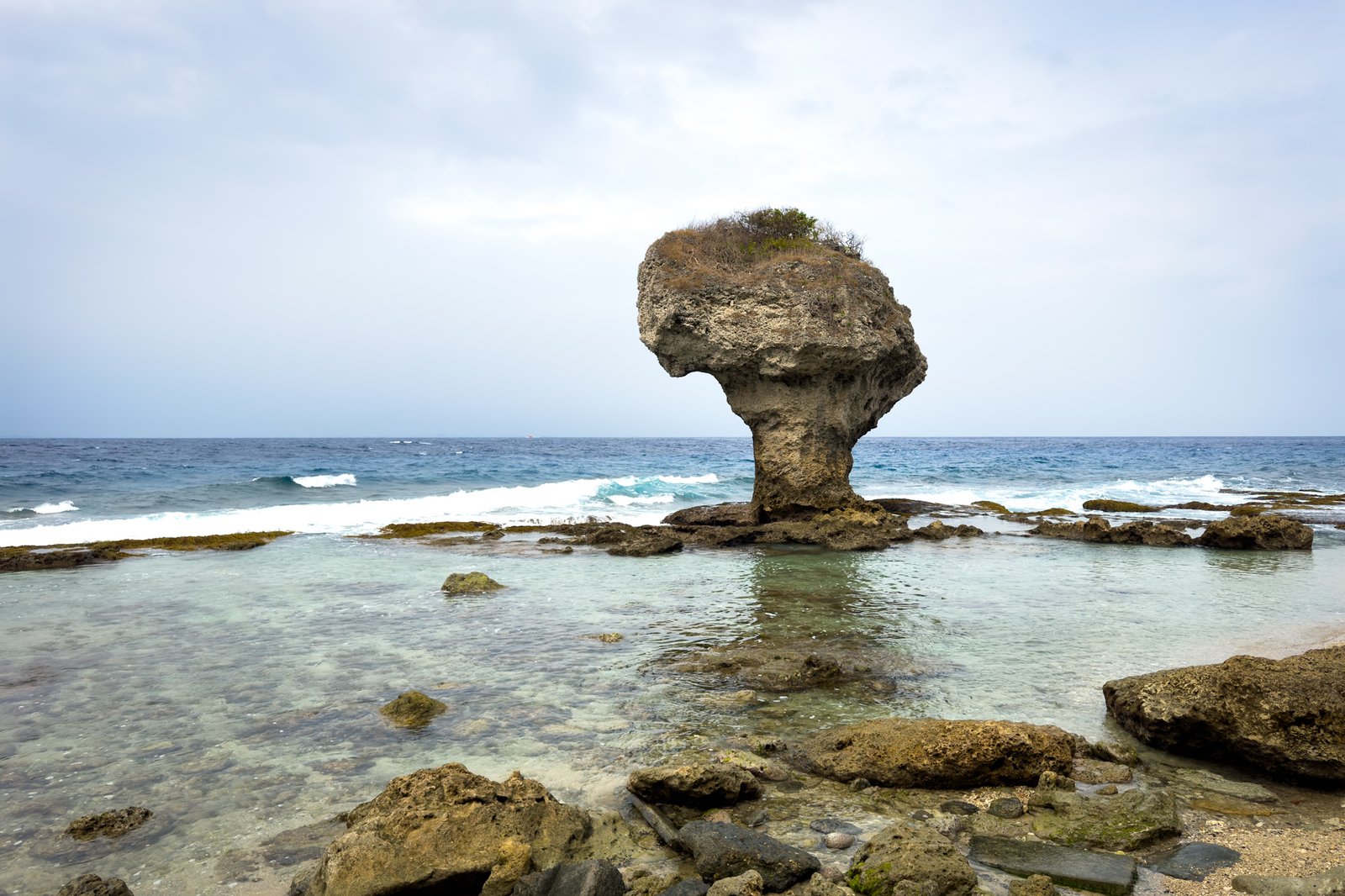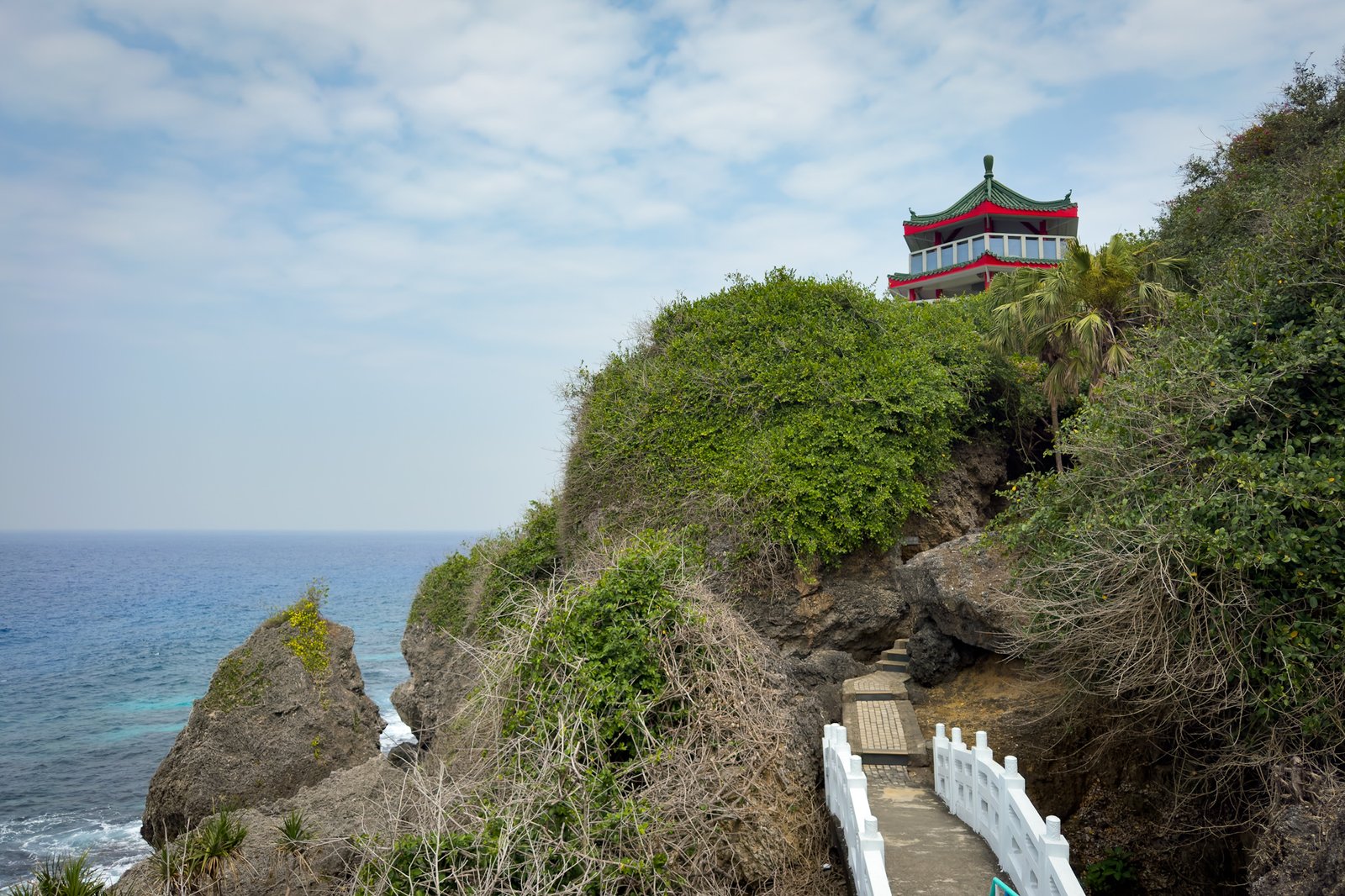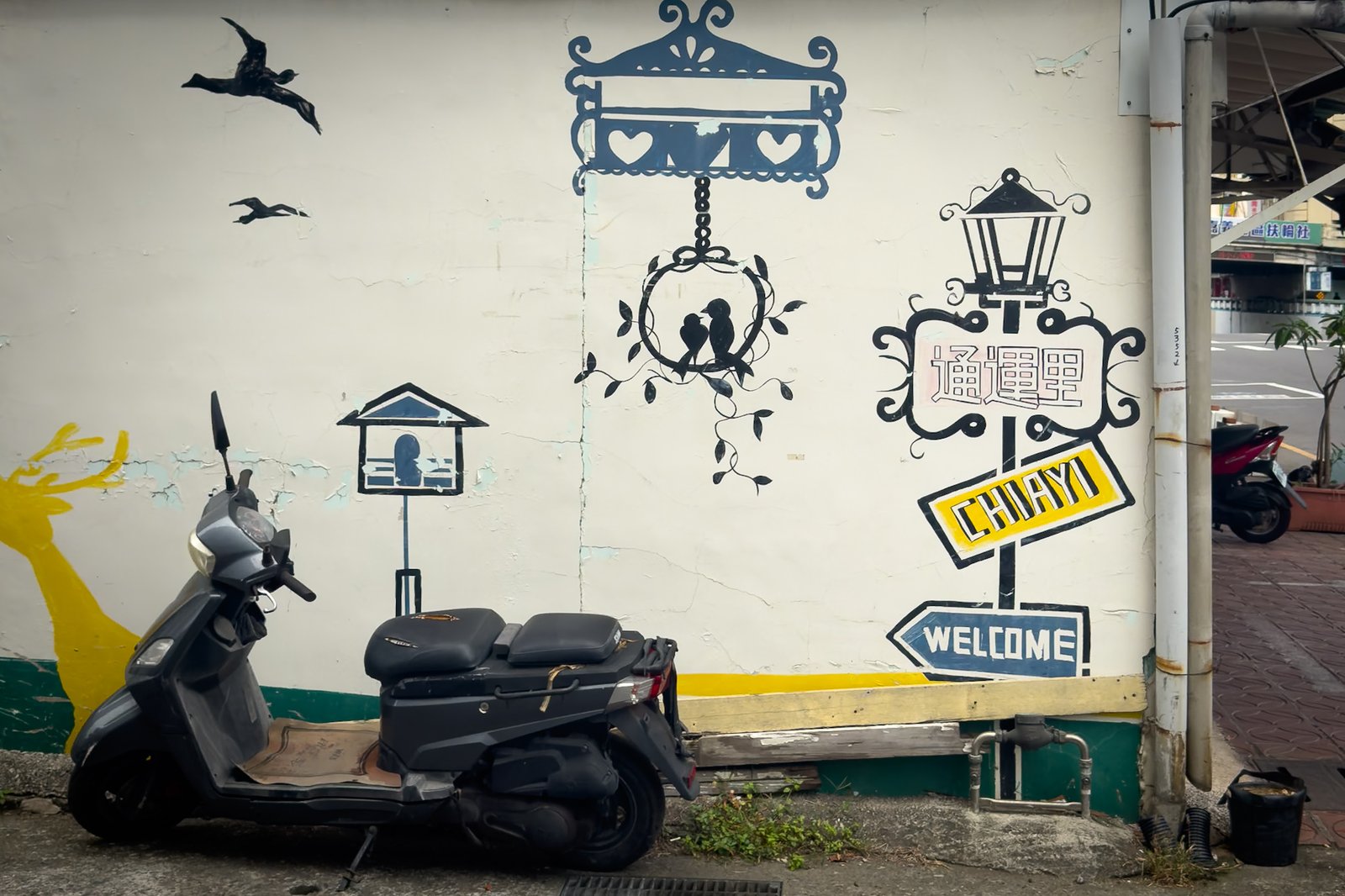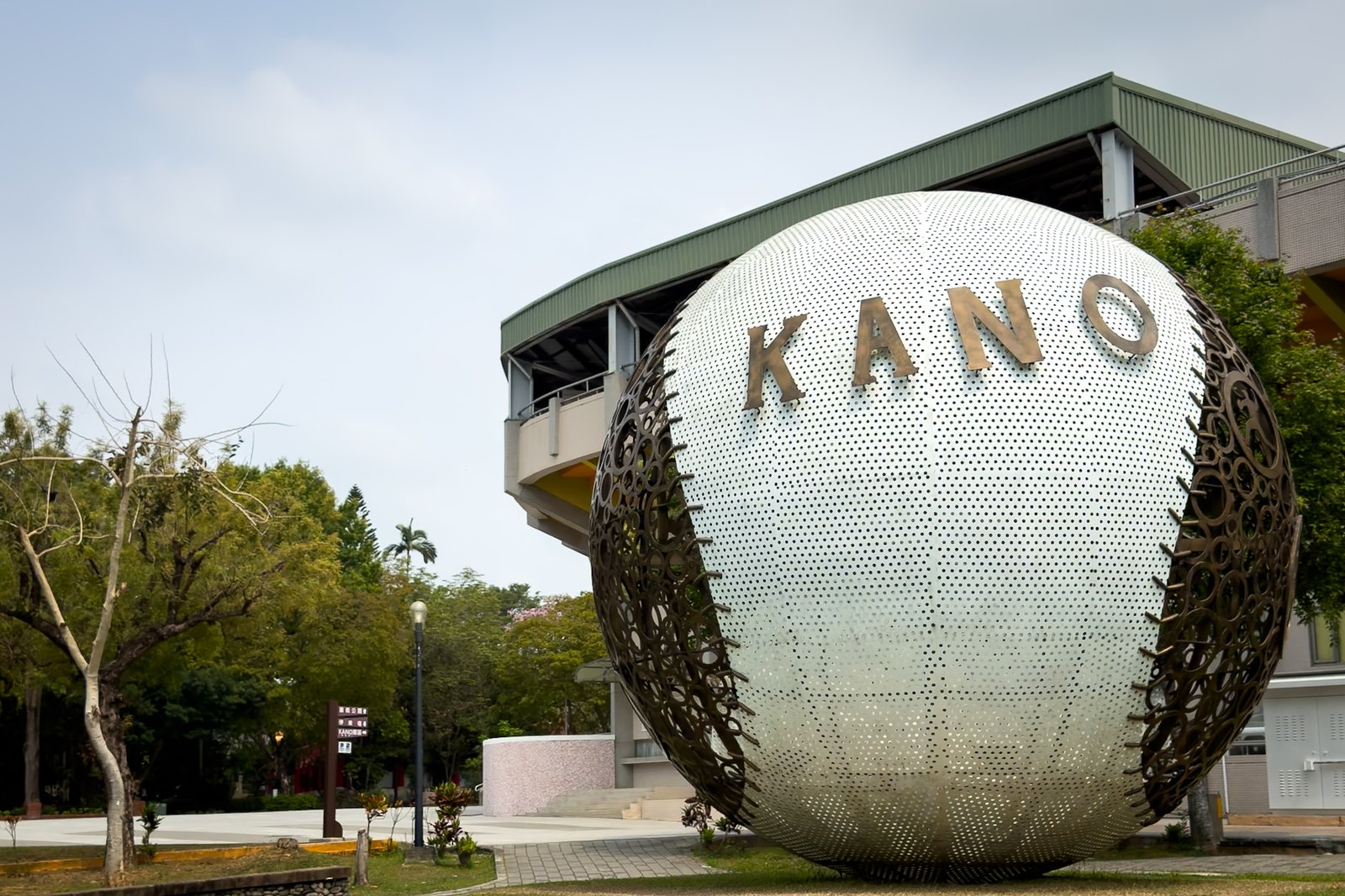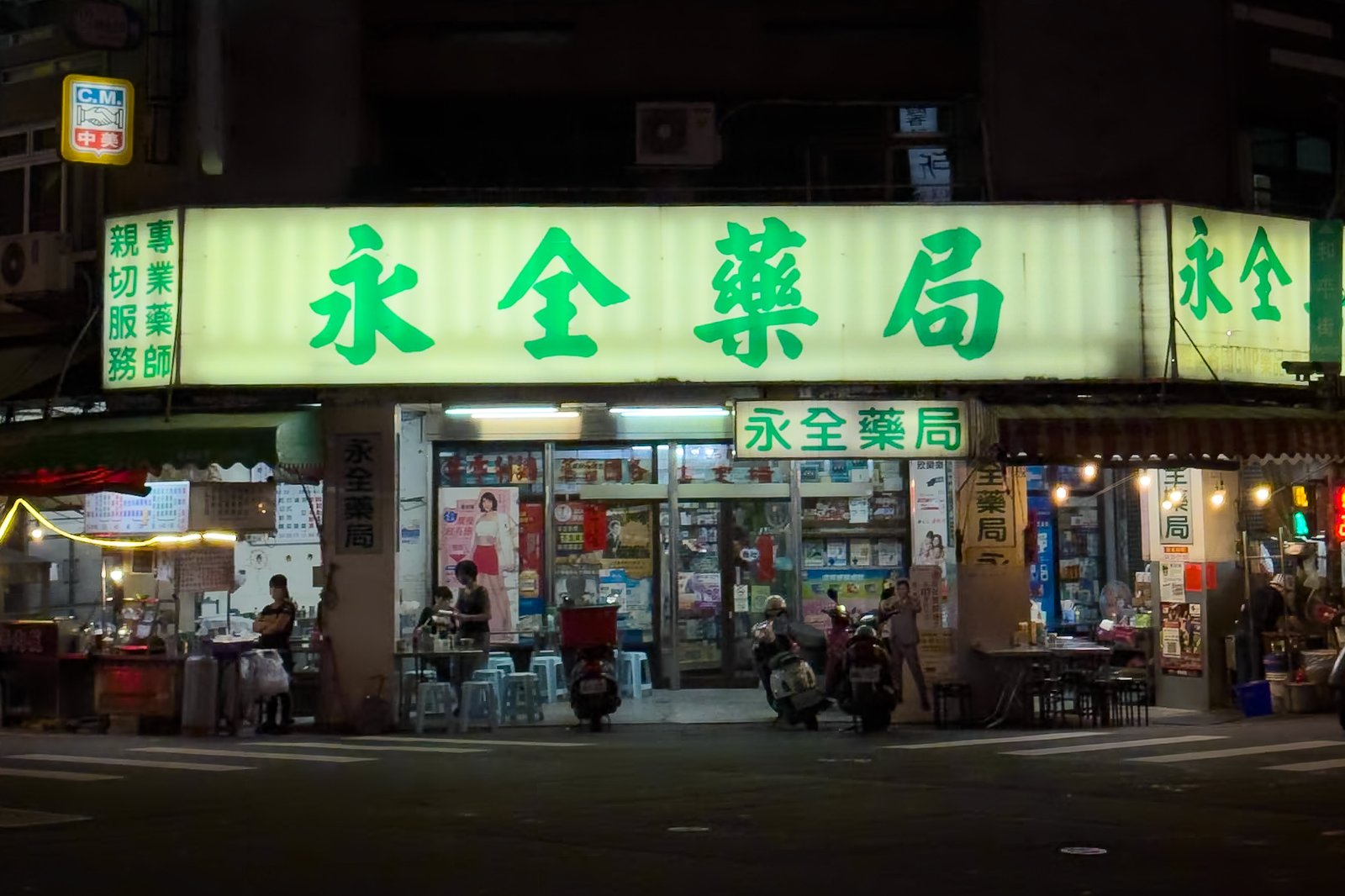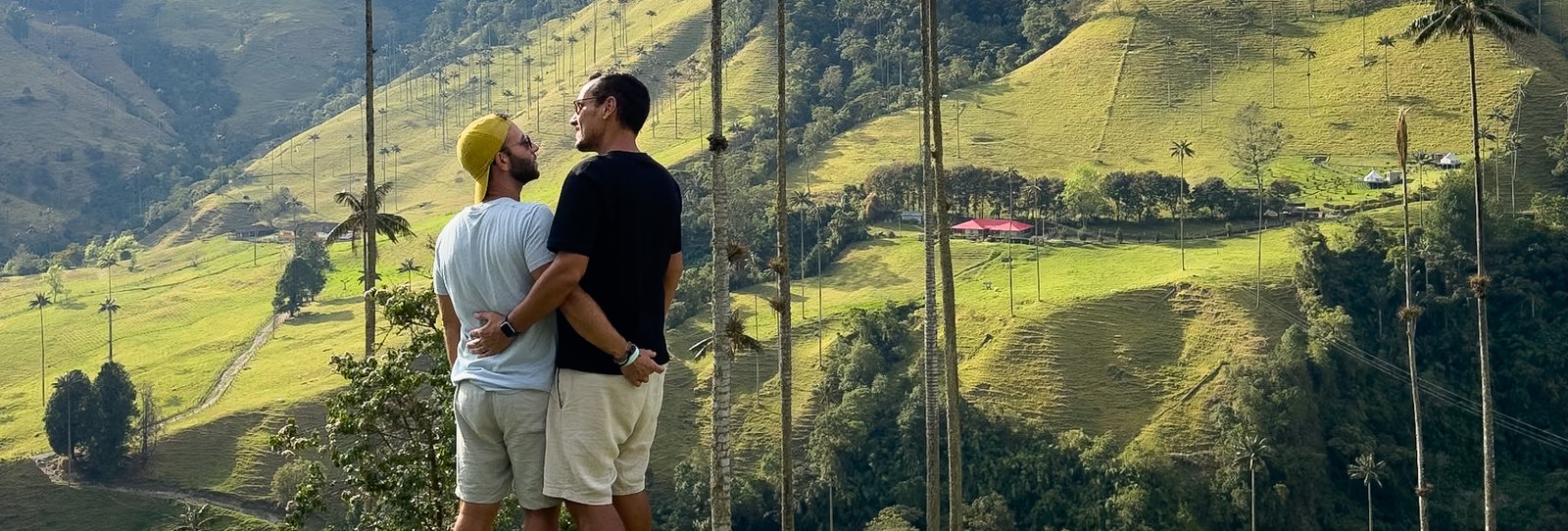Come along with us and discover our 3-week itinerary in Taiwan. Taiwan is one of those destinations that takes you by surprise — a place where lush mountains meet tropical beaches, where the serenity of temples contrasts with the buzz of night markets and the neon lights of big cities.
This 3-week Taiwan itinerary lets you explore the island at your own pace, from south to north, with time to stop, savor, and truly feel each place. If you’re wondering when to go, March and April are ideal months: pleasant weather, clear skies, and fewer crowds. That’s exactly when we visited — and now we’re sharing everything with you: what to do, where to stay, how to get around, and those little tips you only learn once you’re there.
Table of Contents
3-Week Taiwan Itinerary
Kaohsiung (Days 1 to 3) – Start in the vibrant south


How to get there: We flew from Hong Kong, but you can also take the high-speed rail (HSR) if you’re already in Taiwan. Kaohsiung is the perfect gateway to southern Taiwan and a great way to ease into the trip.
Things to do: Explore the Pier-2 Art Center — a former port area turned creative neighborhood with street art and cool cafés. Head to Lotus Pond to see the famous Dragon and Tiger Pagodas, and end the day at Liuhe Night Market tasting treats like dumplings or the famous (and divisive) stinky tofu.
Check out our full guide on what to do in Kaohsiung.
Where to stay in Kaohsiung: The best area is around Formosa Boulevard metro station — you’ll be close to everything. Take a look at our article with the best areas and accommodations in Kaohsiung.
Xiaoliuqiu (Days 4 and 5) – A paradise off the tourist trail


How to get to Xiaoliuqiu: Grab an Uber to Donggang (super easy), then take a 30-minute ferry to Xiaoliuqiu.
Things to do: The island is small but full of charm. We swam with sea turtles, got around by scooter (or walked, like we did), and spent time between hidden beaches and volcanic cliffs. The vibe here is completely different — slower, lighter.
Check out our guide on what to do in Xiaoliuqiu.
Where to stay in Xiaoliuqiu: There are lots of family-run places and guesthouses. We stayed in a quieter area — check out our recommendations for places to stay and the best areas in Xiaoliuqiu.
Tainan (Days 6 to 8) – Dive into Taiwan’s history


How to get there: Ferry back to Donggang, Uber to Nanzhou Station and direct train to Tainan.
What to do: Tainan is a living museum. Visit the Confucius Temple, Chihkan Tower, and explore traditional markets where food tells you stories. The city blends Chinese and Japanese heritage with a creative twist.
Check out our full guide on things to do in Tainan.
Where to stay in Tainan: The historic center is where everything happens — and where we recommend staying. See our tips on where to sleep and the best neighborhoods in Tainan.
Chiayi (Days 9 and 10) – The gateway to Alishan
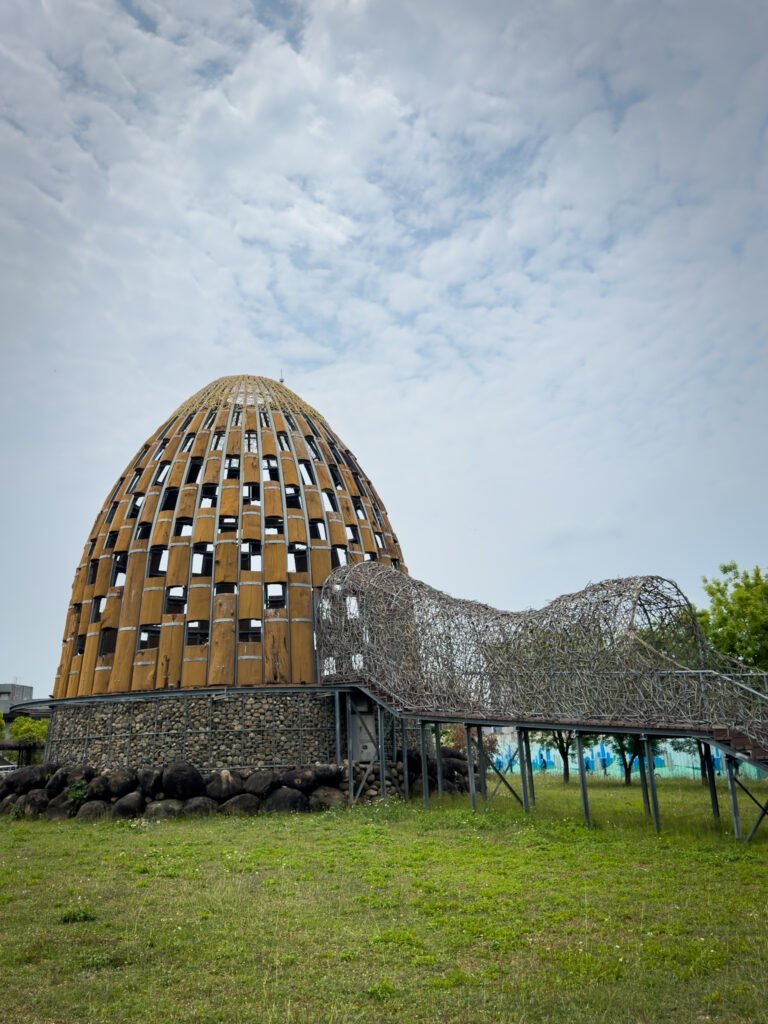

How to get there: Direct train from Tainan (regular or high-speed).
What to do: Chiayi is peaceful but full of personality. Explore Chiayi Park, the Art Site of Chiayi Railway Warehouse, and the local night markets. This is where you start the climb to Alishan, one of Taiwan’s most famous forest parks — even if you don’t go (we didn’t), the city is still worth a visit.
Check out our full guide on things to do in Chiayi.
Where to stay in Chiayi: Stay close to the train station to make getting around easier. Have a look at our article on where to stay in Chiayi and recommended places to sleep.
Taichung (Days 11 to 13) – Urban art and creative energy


How to get there: High-speed or regional train from Chiayi.
What to do: Visit the National Cartoon Museum, stroll through traditional neighborhoods, discover cafés with original design, and dive into the delicious chaos of Fengjia Night Market — the largest in the country. Taichung is perfect for those who love modern culture and urban art.
Check out our full guide on things to do in Taichung.
Where to stay in Taichung: The Xitun area or near the main station are safe bets. Check our guide with the best areas to stay in Taichung.
Sun Moon Lake (Days 14 and 15) – A peaceful retreat


How to get there: Direct bus from Taichung.
What to do: Rent a bike and cycle around the lake, visit villages like Shuishe and Ita Thao, and explore temples with magical views. A boat ride at sunset is a must — the colors here are truly special.
Check out our full guide on what to do at Sun Moon Lake.
Where to stay in Sun Moon Lake: Shuishe is the most central area, but Ita Thao feels more authentic. Read our article on the best accommodations in Sun Moon Lake.
Taipei (Days 16 to 18 + Day 20) – The city that never sleeps


How to get there: Bus to Taichung, then train to Taipei (HSR or regular).
What to do: Taipei is a world of its own. Go up Taipei 101, visit Longshan and Bao’an temples, wander aimlessly through Ximending, and dine at Shilin Night Market. Don’t leave without trying chicken cutlet or Xiaolongbao.
Check out our full guide on what to do in Taipei.
Where to stay in Taipei: We stayed between Zhongzheng and Ximending — the perfect balance between authenticity and convenience. Discover the best areas to stay in Taipei and our top choice.
Jiufen (Day 19) – The magical mountain village


How to get there: Bus or Uber from Taipei — we chose Uber for the scenery and comfort.
What to do: Jiufen feels like something out of a movie — and it might have even inspired “Spirited Away.” The alleys are narrow and filled with lanterns, the tea houses offer ocean views, and the mist adds that final touch of mystery.
Check out our guide on things to do in Jiufen.
Where to stay in Jiufen: It’s worth spending the night in the village to enjoy the nighttime atmosphere. Take a look at our guide to the best accommodations in Jiufen.
Practical Tips for Traveling Around Taiwan
- Transport: Local trains are cheap and very efficient. Use the EasyCard and book tickets in advance on Klook or the official railway site.
- Activities: Booking online is often cheaper. Boat tickets at Sun Moon Lake, for example, were more expensive on-site.
- Payments: Many places accept cards, but it’s good to carry some cash. ATMs from Bank of Taiwan and Mega Bank don’t charge withdrawal fees.
- Communication: Many Taiwanese speak basic English, but it’s useful to have a translation app installed.
- Safety: It’s one of the safest countries we’ve ever visited. Even in big cities, you can walk around without worry.
- Culture: Respect local customs. Take off your shoes in temples and homes, and be discreet in religious spaces.
Taiwan is a country where modernity and tradition walk hand in hand. This 3-week Taiwan itinerary gives you time to soak in every detail — from the flavors of night markets to hikes through ancient forests.
Go with an open heart, a ready appetite, and prepare for a journey you won’t forget during these 3 weeks in Taiwan.
FAQs
Is it easy to travel around Taiwan without speaking Mandarin?
Yes. In many areas, especially cities, English is spoken. And with a translation app, you’ll get by just fine.
What’s the average budget for 20 days?
It depends on your style. Taiwan is affordable: you can stay in hostels or boutique hotels, eat street food or go to nice restaurants — there’s something for every budget.
Is it safe to travel alone?
Very. It’s one of the safest countries in Asia for solo travelers, even at night.
Do I need a visa to enter Taiwan?
For Portuguese citizens, no visa is needed for stays up to 90 days. But always check the official website before traveling.


